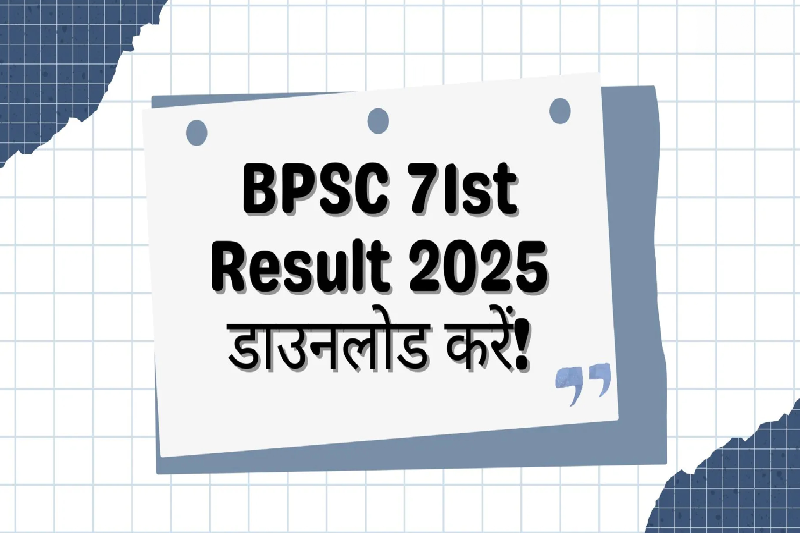
Vacancies and Delayed Hiring Force Colleges to Depend on Temporary CHB Teachers
What once started as a stop-gap solution has now become the backbone of staffing in Maharashtra's higher education institutions. Across Mumbai and the state, colleges are increasingly relying on clock-hour basis (CHB) teachers to manage academic workloads. Once considered a temporary arrangement for self-financed courses, CHB appointments are now being extended to aided courses due to the chronic delay in government recruitment.
The result? A sharp rise in ad hoc hiring, growing concerns over the “casualisation” of teaching jobs, and a troubling impact on the quality of education and research in public higher education.
CHB: Short-Term Work, Long-Term Implications
CHB teachers are contractual educators who are paid per lecture, have no job security, and receive no long-term employment benefits. While CHB roles were traditionally limited to unaided courses, even top city colleges now rely heavily on these temporary posts.
Recent advertisements for mass CHB appointments include:
- Kelkar-Vaze College, Mulund: 50 CHB teachers
- Sathaye College, Vile Parle: 40 CHB teachers
- Patkar-Varde College, Goregaon: 40 CHB teachers
- Ismail Yousuf College, Jogeshwari (State Govt College): 20 CHB teachers
These numbers represent not just temporary staffing — but a systemic shift in how colleges are staffed.
Why the Shift? Government Delays and Policy Gaps
At the core of this growing trend is a severe delay in government-sanctioned full-time appointments. Despite routine retirements of senior faculty, colleges must wait for lengthy approval processes. In the meantime, they are forced to turn to CHB teachers to avoid academic disruptions.
“There was a time when students would choose a college based on its academic strengths. Those distinctions are fading,” said a senior city professor, explaining how instability in teaching staff is eroding academic reputation.
A college requiring 20 teachers might advertise for double the number of CHB positions (around 40). This is not due to higher demand, but because CHB teachers are legally allowed to take only nine lectures a week, a move designed to prevent legal claims for permanent employment.
Limited Compensation and Rising Attrition
CHB teaching remains an unattractive career option for talented educators:
- Remuneration for UG courses: ₹900 per lecture
- Remuneration for PG courses: ₹1,000 per lecture
- While this is a significant increase from the earlier ₹250 per lecture, it still fails to attract or retain skilled professionals.
- CHB teachers are hired only for six months in a year — corresponding with the 180 working days in an academic calendar.
With no benefits, uncertain renewals, and low pay, many CHB educators view the job as temporary work experience rather than a career. Several principals confirm that high attrition and lack of commitment are common issues.
“Why would a talented candidate stay for such a low sum when private universities or the industry offer better prospects?” questioned a college principal.
While some colleges with strong management support try to pay extra consolidated sums, most institutions cannot afford this, creating an uneven system where only a few CHB teachers are marginally better compensated.
Impact on Quality and Research
The growing CHB culture is not just an employment issue — it directly affects academic quality:
- Research suffers, as CHB teachers are ineligible for long-term projects.
- No continuity in faculty results in disrupted academic mentoring and weakened departments.
- Students receive inconsistent instruction due to frequent faculty turnover.
“Universities are supposed to be centres of research, not just teaching. How can we expect research output from CHB teachers with no long-term commitment or support?” asked Sanjay Vairal, former Senate member.
NEP 2020: Increasing Burden, No Perks
The implementation of the National Education Policy (NEP) 2020 has introduced additional complexities:
- Colleges now offer open electives across streams, allowing students from arts to take science or commerce subjects, and vice versa.
- This flexibility, while progressive, has led to a substantial increase in faculty workload — especially in departments already grappling with staff shortages.
- Yet, no extra incentives or infrastructure have been provided to manage this expansion.
Additionally, finding qualified faculty in niche areas, especially in humanities, remains a challenge — compounding the issue further.
State Acknowledges the Crisis, But Action Is Slow
A senior government official acknowledged the situation and said steps are being taken. Chief Minister Devendra Fadnavis recently sanctioned the recruitment of 5,000 college teachers and nearly 800 university faculty.
While this announcement is promising, principals and academics remain skeptical about how quickly these posts will be filled and whether they’ll make a dent in the current shortfall. Until then, the CHB system is expected to continue — a short-term patch on a long-term crisis.
Conclusion: A Tipping Point for Public Higher Education
The over-reliance on CHB teachers is a symptom of a larger institutional crisis in Maharashtra’s public higher education system. Without urgent reform in:
- Hiring processes
- Salary structures
- Academic planning
- Policy implementation
...colleges risk becoming revolving doors for temporary staff, leading to a continued decline in teaching quality, research output, and institutional reputation.
It’s time for the state to move beyond stop-gap measures and invest in stable, full-time faculty — the foundation on which any strong academic institution is built.


